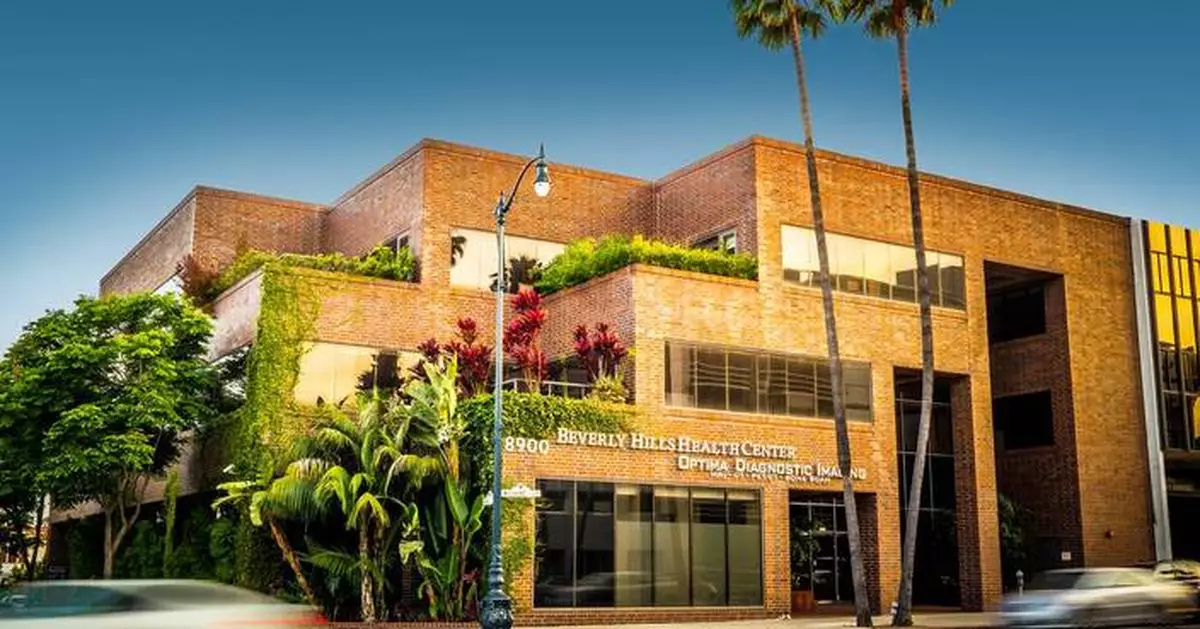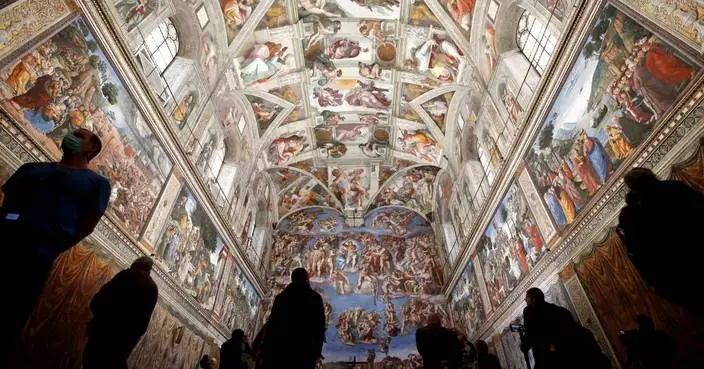HAYWARD, Calif.--(BUSINESS WIRE)--Feb 10, 2025--
RefleXion Medical, a theranostic oncology company, today announced the scheduled installation of its RefleXion ® X1 platform with SCINTIX ® biology-guided radiotherapy at Beverly Hills Cancer Center (BHCC), the first freestanding cancer center (FSCC) that has installed the RefleXion X1.
This press release features multimedia. View the full release here: https://www.businesswire.com/news/home/20250210968310/en/
RefleXion announces the scheduled installation of its X1 platform with SCINTIX® biology-guided radiotherapy at Beverly Hills Cancer Center, the first freestanding center to install the X1. SCINTIX therapy is designed to use biology guidance to precisely treat one or more targets within the same treatment session. Early clinical cases have demonstrated that when the tumor moves, SCINTIX therapy autonomously shifts the radiation dose to follow the tumor, thereby safely delivering radiation to the tumor target while sparing radiation exposure to healthy tissue. (Photo: Business Wire)
“At BHCC, we are committed to advancing cancer care by integrating the latest innovations, ensuring our patients receive the highest quality, cutting-edge treatments,” said Arash (Ari) Gabayan, M.D., Chief of Radiation Oncology and Imaging at Beverly Hills Cancer Center. “We are excited to be amongst the first centers in the world to offer our patients this breakthrough technology, which uses the inherent biology of the patient’s tumor to precisely direct the radiation beam to its tumor target.
“This is a totally new and exciting concept in radiation treatment delivery, and we believe that using the tumor’s own biology will transform how patients are treated,” Dr. Gabayan continued.
The RefleXion X1 machine with SCINTIX therapy is designed to use biology guidance to precisely treat one or more targets within the same treatment session. Early clinical cases have demonstrated that when the tumor moves, SCINTIX therapy autonomously shifts the radiation dose to follow the tumor, thereby safely delivering radiation to the tumor target while sparing radiation exposure to healthy tissue.
“We are thrilled to count BHCC and its world-class cancer physicians among our early customers and as our first freestanding cancer center,” said Todd Powell, president and CEO of RefleXion. “Their commitment to providing access to cutting-edge cancer treatments like SCINTIX therapy is invaluable.”
Beginning in 2025, the Centers for Medicare and Medicaid Services (CMS) will expand reimbursement for SCINTIX therapy, introducing new billing codes for FSCCs and professional reimbursement for physicians in both FSCCs and hospital outpatient departments.
“We are encouraged that CMS has expanded reimbursement for freestanding cancer centers like BHCC as this supports clinicians who advance clinical adoption of new technologies and treatments,” continued Powell.
BHCC physicians consulted with Select Healthcare Solutions, a provider of turn-key medical technology solutions to independent physician groups, to integrate SCINTIX therapy into its comprehensive range of cancer treatment options.
SCINTIX therapy uses signals emitted from a patient’s cancer cells to direct radiation treatment. Patients receive an injection of a small amount of a unique molecule, called a PET tracer, which the cancer cells consume. The X1 detects the signals produced in real time and uses those to determine where to deliver the radiation dose. In contrast, conventional radiotherapy uses static images of anatomy to guide treatment delivery.
About Beverly Hills Cancer Center
Beverly Hills Cancer Center provides a unique model of exceptional care, integrating advanced clinical trials, cutting-edge diagnostics, and innovative treatments. With highly skilled physicians, a dedicated staff, and a tranquil healing environment, BHCC is recognized as a leading private cancer diagnostic and treatment facility in Southern California and beyond. Learn more at www.BHCancerCenter.com.
About RefleXion Medical
RefleXion Medical develops and commercializes SCINTIX biology-guided radiotherapy, a groundbreaking treatment that uses a single radiotracer injection to transform cancer cells into real-time biological beacons to control external-beam radiotherapy delivery to single or multiple tumors. SCINTIX therapy is indicated for use in FDG-guided treatment of lung and bone tumors and is being studied for broader indications. In addition, the company offers the RefleXion® X1 system for conventional radiotherapy for all solid tumors. Learn more at https://reflexion.com/.
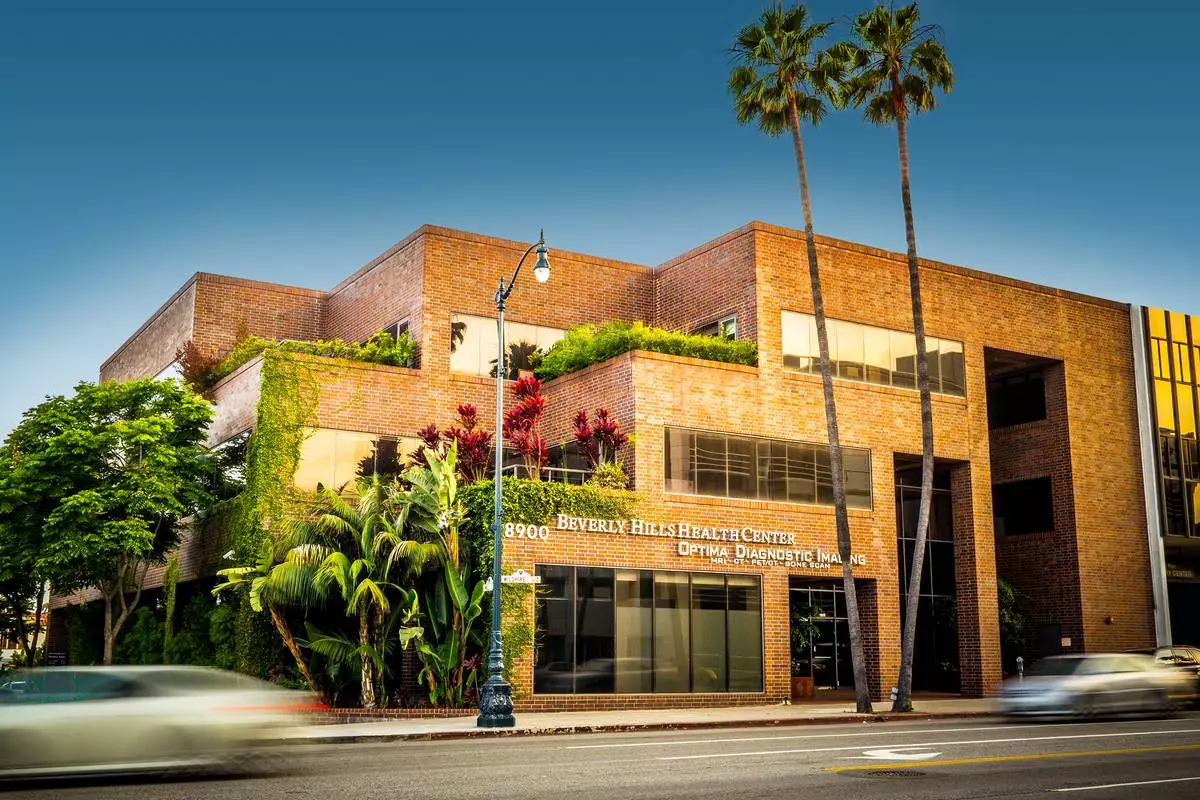

Beverly Hills Cancer Center is recognized as a leading private cancer diagnostic and treatment facility in Southern California and beyond. (Photo: Business Wire)
VATICAN CITY (AP) — “Conclave,” the movie, may have introduced movie-goers to the spectacular ritual and drama of a modern conclave, but the periodic voting to elect a new pope has been going on for centuries and created a whole genre of historical trivia.
Here are some fun facts about conclaves past, derived from historical studies including Miles Pattenden's “Electing the Pope in Early Modern Italy, 1450–1700” and interviews with experts including Elena Cangiano, an archeologist at Viterbo's Palazzo dei Papi (Palace of the Popes).
In the 13th century, it took almost three years — 1,006 days to be exact — to choose Pope Clement IV's successor, making it the longest conclave in the Catholic Church’s history. It's also where the term conclave comes from — "under lock and key," because the cardinals who were meeting in Viterbo, north of Rome, took so long the town's frustrated citizens locked them in the room.
The secret vote that elected Pope Gregory X lasted from November 1268 to September 1271. It was the first example of a papal election by “compromise,” after a long struggle between supporters of two main geopolitical medieval factions — those faithful to the papacy and those supporting the Holy Roman Empire.
Gregory X was elected only after Viterbo residents tore the roof off the building where the prelates were staying and restricted their meals to bread and water to pressure them to come to a conclusion. Hoping to avoid a repeat, Gregory X decreed in 1274 that cardinals would only get “one meal a day” if the conclave stretched beyond three days, and only “bread, water and wine” if it went beyond eight. That restriction has been dropped.
Before 1274, there were times when a pope was elected the same day as the death of his predecessor. After that, however, the church decided to wait at least 10 days before the first vote. Later that was extended to 15 days to give all cardinals time to get to Rome. The quickest conclave observing the 10-day wait rule appears to have been the 1503 election of Pope Julius II, who was elected in just a few hours, according to Vatican historian Ambrogio Piazzoni. In more recent times, Pope Francis was elected in 2013 on the fifth ballot, Benedict XVI won in 2005 on the fourth and Pope Pius XII won on the third in 1939.
The first conclave held under Michelangelo's frescoed ceiling in the Sistine Chapel was in 1492. Since 1878, the world-renowned chapel has become the venue of all conclaves. “Everything is conducive to an awareness of the presence of God, in whose sight each person will one day be judged,” St. John Paul II wrote in his 1996 document regulating the conclave, “Universi Dominici Gregis.” The cardinals sleep a short distance away in the nearby Domus Santa Marta hotel or a nearby residence.
Most conclaves were held in Rome, with some taking place outside the Vatican walls. Four were held in the Pauline Chapel of the papal residence at the Quirinale Palace, while some 30 others were held in St. John Lateran Basilica, Santa Maria Sopra Minerva or other places in Rome. On 15 occasions they took place outside Rome and the Vatican altogether, including in Viterbo, Perugia, Arezzo and Venice in Italy, and Konstanz, Germany, and Lyon, France.
Between 1378-1417, referred to by historians as the Western Schism, there were rival claimants to the title of pope. The schism produced multiple papal contenders, the so-called antipopes, splitting the Catholic Church for nearly 40 years. The most prominent antipopes during the Western Schism were Clement VII, Benedict XIII, Alexander V, and John XXIII. The schism was ultimately resolved by the Council of Constance in 1417, which led to the election of Martin V, a universally accepted pontiff.
The cloistered nature of the conclave posed another challenge for cardinals: staying healthy. Before the Domus Santa Marta guest house was built in 1996, cardinal electors slept on cots in rooms connected to the Sistine Chapel. Conclaves in the 16th and 17th centuries were described as “disgusting” and “badly smelling,” with concern about disease outbreaks, particularly in summer, according to historian Miles Pattenden. “The cardinals simply had to have a more regular and comfortable way of living because they were old men, many of them with quite advanced disease,” Pattenden wrote. The enclosed space and lack of ventilation further aggravated these issues. Some of the electors left the conclave sick, often seriously.
Initially, papal elections weren’t as secretive, but concerns about political interference soared during the longest conclave in Viterbo. Gregory X decreed that cardinal electors should be locked in seclusion, “cum clave” (with a key), until a new pope was chosen. The purpose was to create a totally secluded environment where the cardinals could focus on their task, guided by God’s will, without any political interference or distractions. Over the centuries, various popes have modified and reinforced the rules surrounding the conclave, emphasizing the importance of secrecy.
Pope John XII was just 18 when he was elected in 955. The oldest popes were Pope Celestine III (elected in 1191) and Celestine V (elected in 1294) who were both nearly 85. Benedict XVI was 78 when he was elected in 2005.
There is no requirement that a pope be a cardinal, but that has been the case for centuries. The last time a pope was elected who wasn’t a cardinal was Urban VI in 1378. He was a monk and archbishop of Bari. While the Italians have had a stranglehold on the papacy over centuries, there have been many exceptions aside from John Paul II (Polish in 1978) and Benedict XVI (German in 2005) and Francis (Argentine in 2013). Alexander VI, elected in 1492, was Spanish; Gregory III, elected in 731, was Syrian; Adrian VI, elected in 1522, was from the Netherlands.
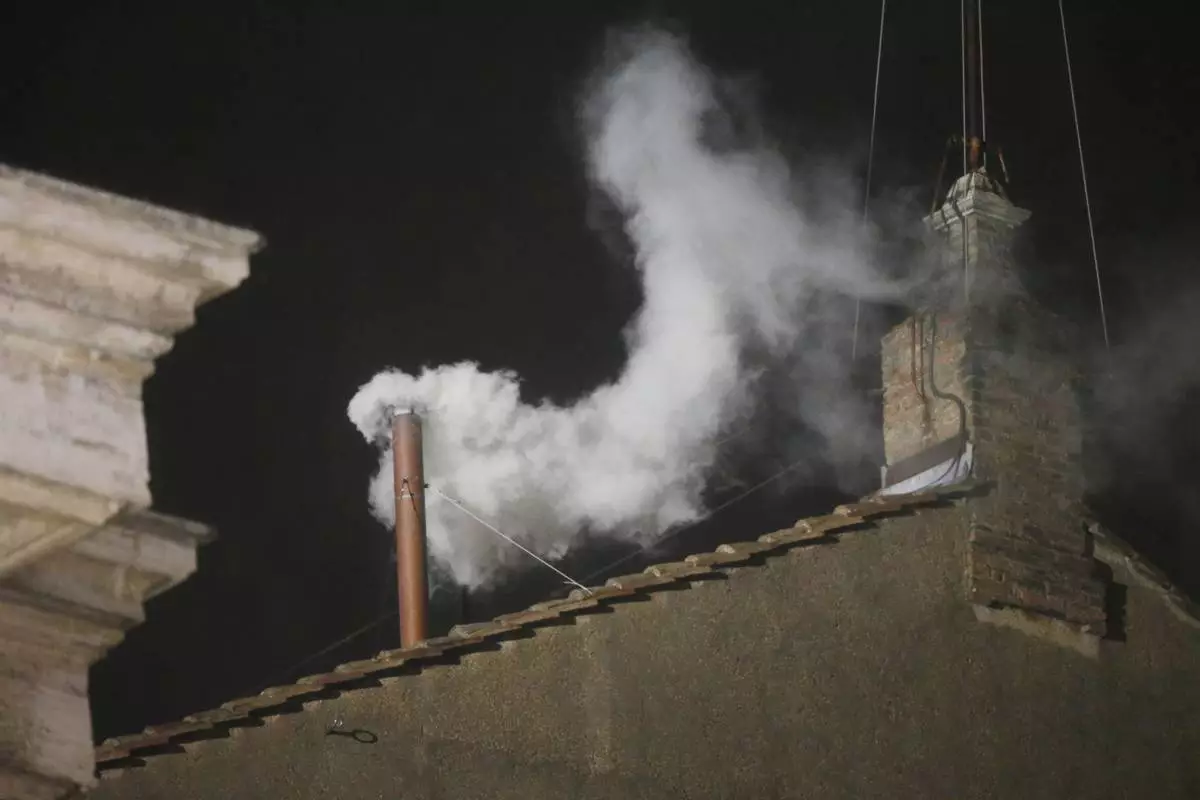
FILE - White smoke is seen billowing out from the chimney of the Sistine Chapel and announcing that a new pope has been elected on Wednesday, March 13, 2013. (AP Photo/Gregorio Borgia, File)
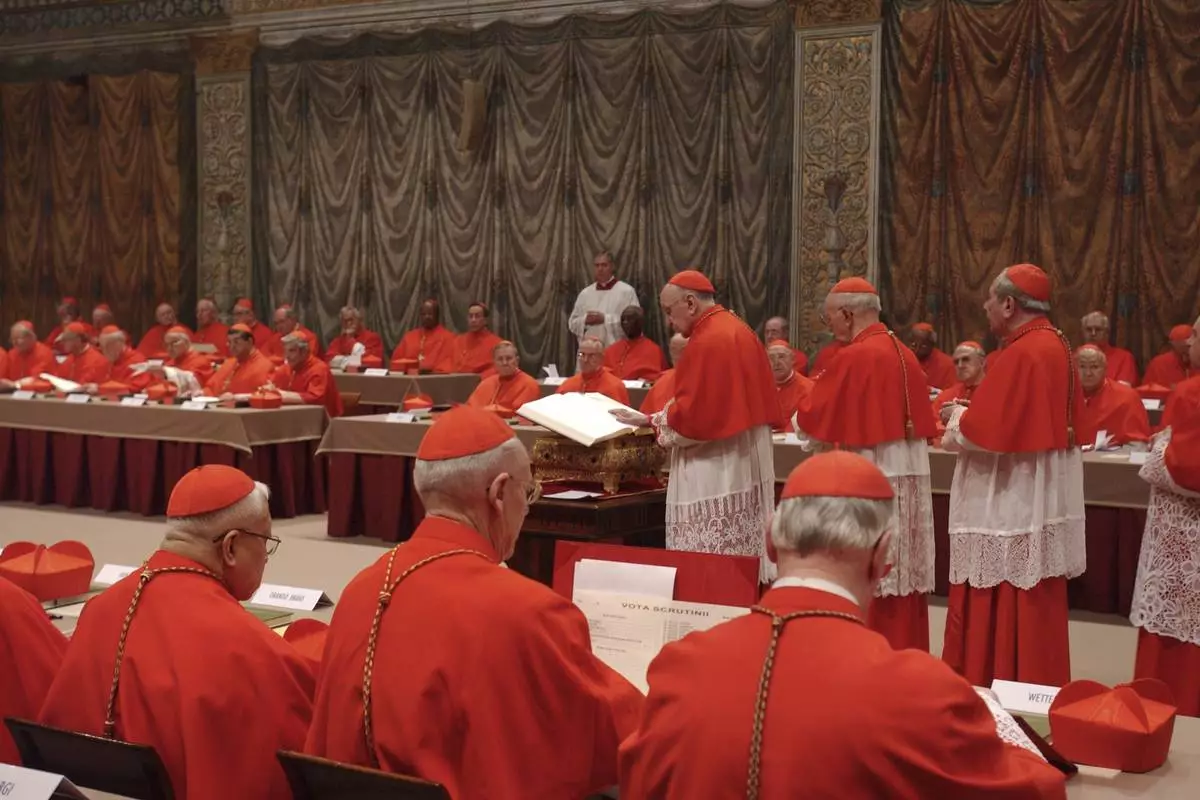
FILE - Italian Cardinal Giacomo Biffi, center, takes an oath at the beginning of the conclave to elect the next pope in the Sistine Chapel at the Vatican, Monday, April 18, 2005. (AP Photo/Osservatore Romano via AP, File)
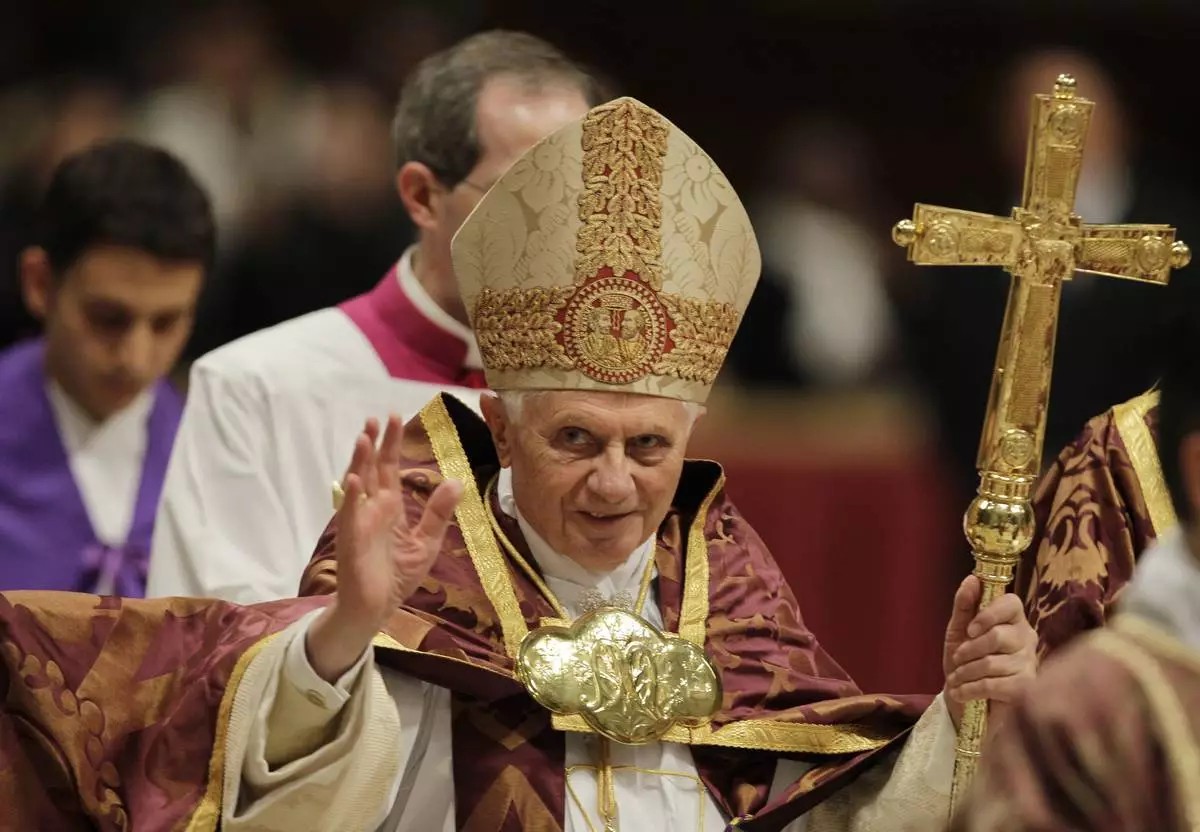
FILE - Pope Benedict XVI blesses the faithful as he arrives at St. Peter's Basilica in the Vatican, Dec. 16, 2010. (AP Photo/Alessandra Tarantino, File)
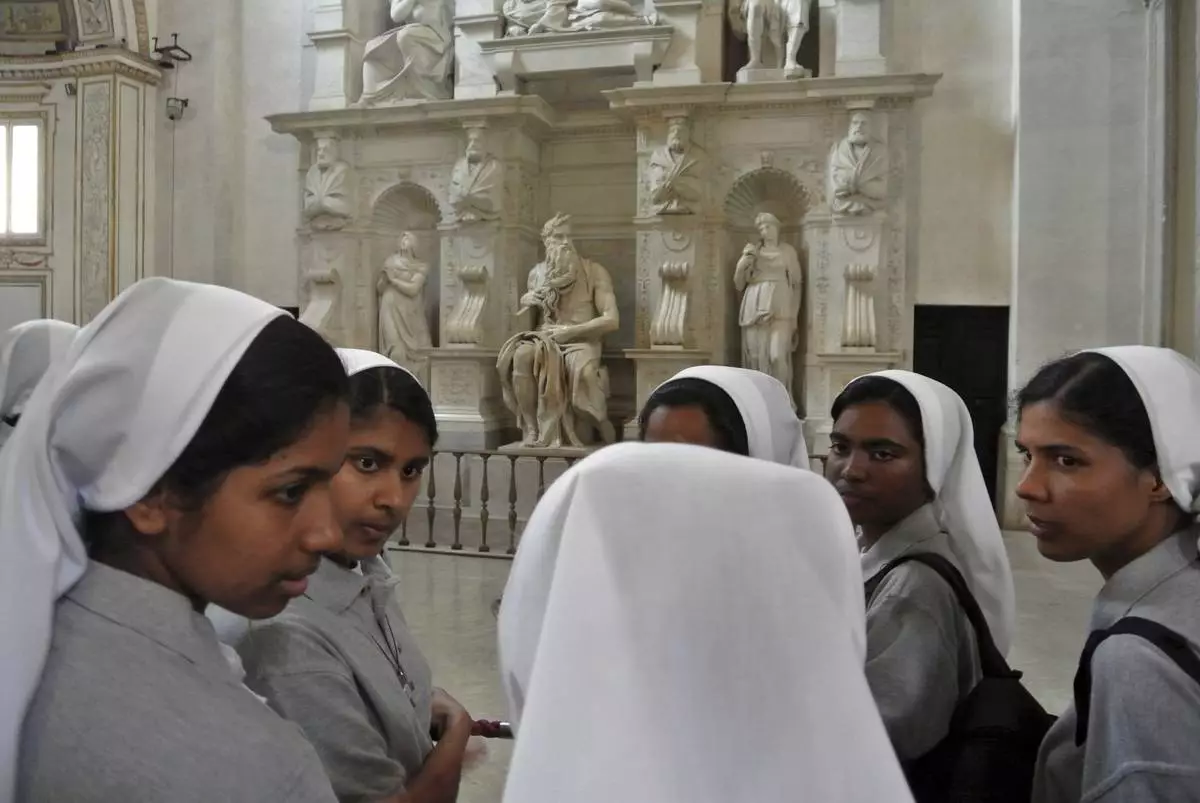
FILE - Nuns talk in front of Italian Renaissance artist Michelangelo Buonarroti's Moses statue, part of a funerary monument he designed for Pope Julius II inside San Pietro in Vincoli Basilica in Rome, July 2, 2013. (AP Photo/Gregorio Borgia, File)
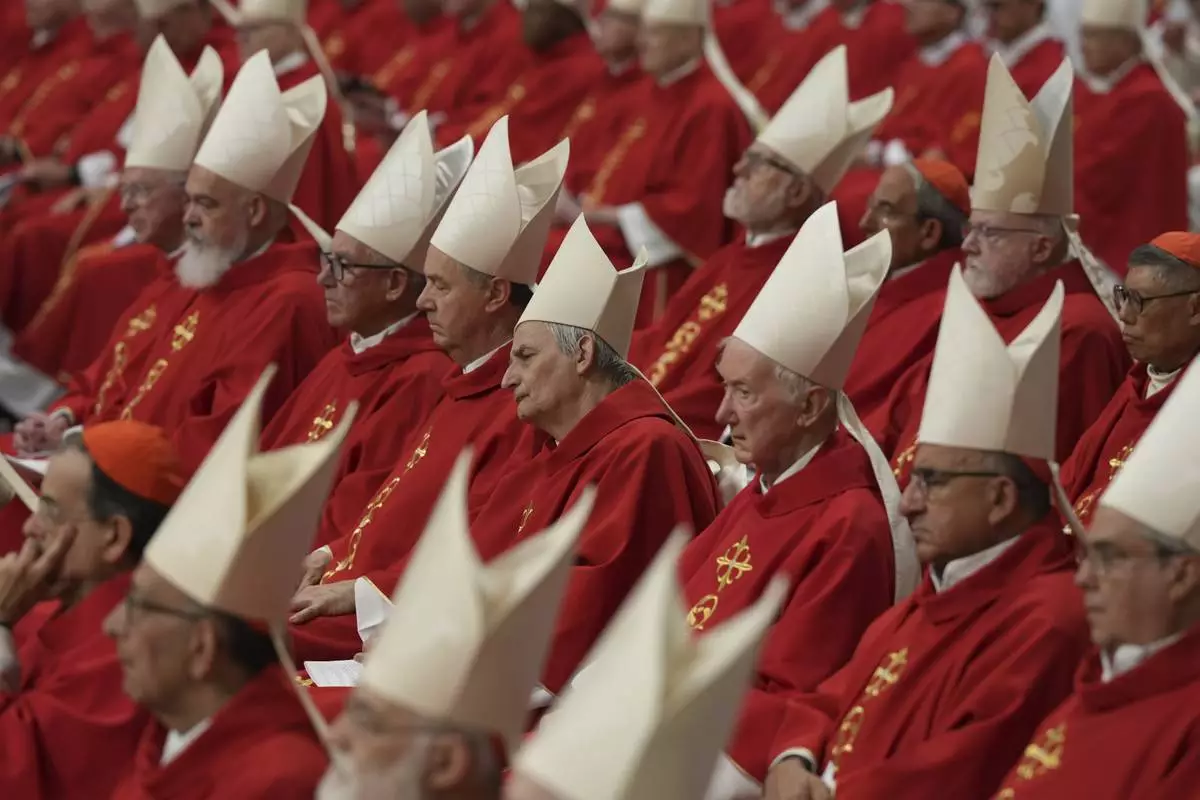
Cardinal Matteo Zuppi, centre, attends a mass on the third of nine days of mourning for late Pope Francis, in St. Peter's Basilica at the Vatican, Monday, April 28, 2025. (AP Photo/Andrew Medichini)
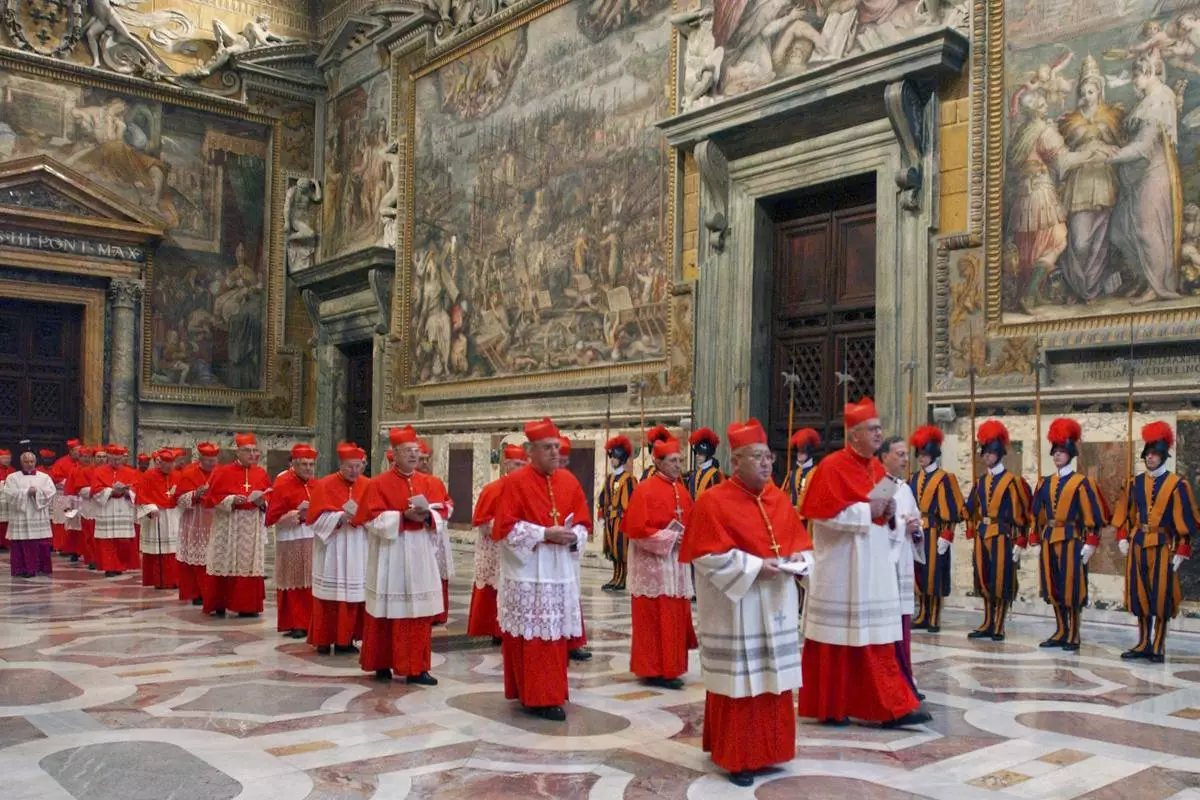
FILE - Cardinals walk in procession to the Sistine Chapel at the Vatican, at the beginning of the conclave, April 18, 2005. (Osservatore Romano via AP, File)




